The Shocking Silence of Varosha’s Streets
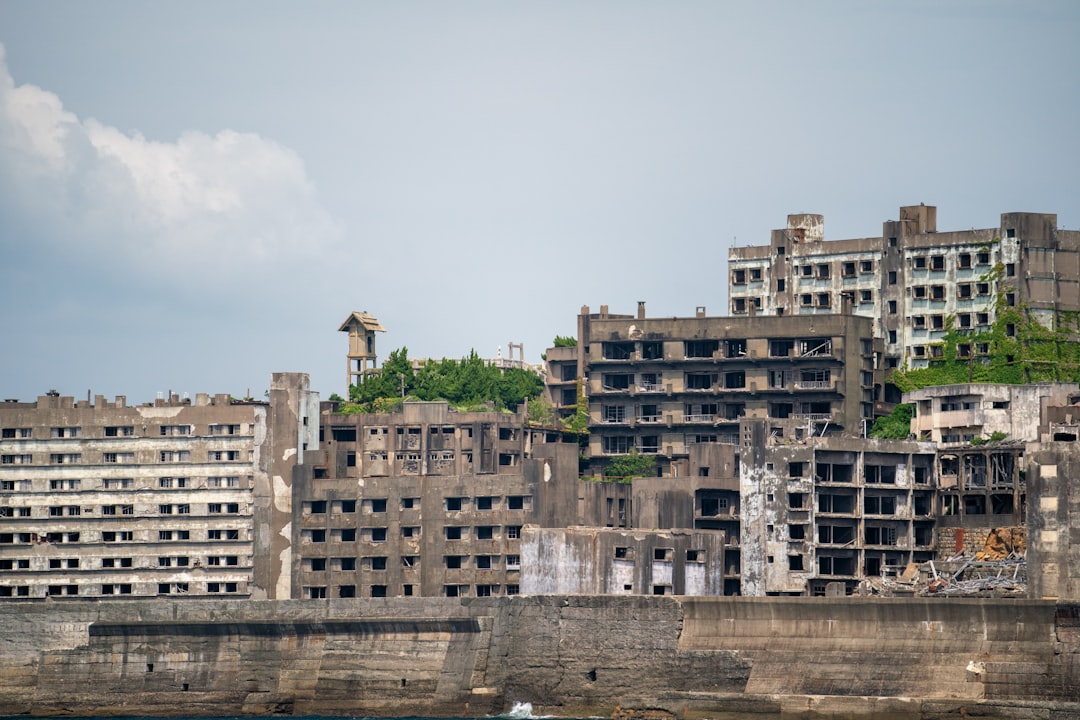
Once a thriving resort town on the southeastern coast of Cyprus, Varosha now stands frozen in time. Walking through its deserted streets, visitors are struck by the overwhelming silence, broken only by the wind rattling broken window panes. In 1974, following the Turkish invasion of Cyprus, Varosha’s 39,000 residents fled almost overnight, leaving behind homes, shops, and memories. Today, the area remains under Turkish military control, strictly off-limits to Cypriot civilians and the international community for decades. In October 2020, Turkish authorities controversially reopened a small section of Varosha’s beachfront, but the vast majority remains sealed off and eerily quiet. The decaying hotels and abandoned cars still parked on the streets serve as haunting reminders of the sudden exodus. The emptiness is palpable, making every step through Varosha feel like trespassing in a place where time simply stopped.
Once the Mediterranean’s Playground
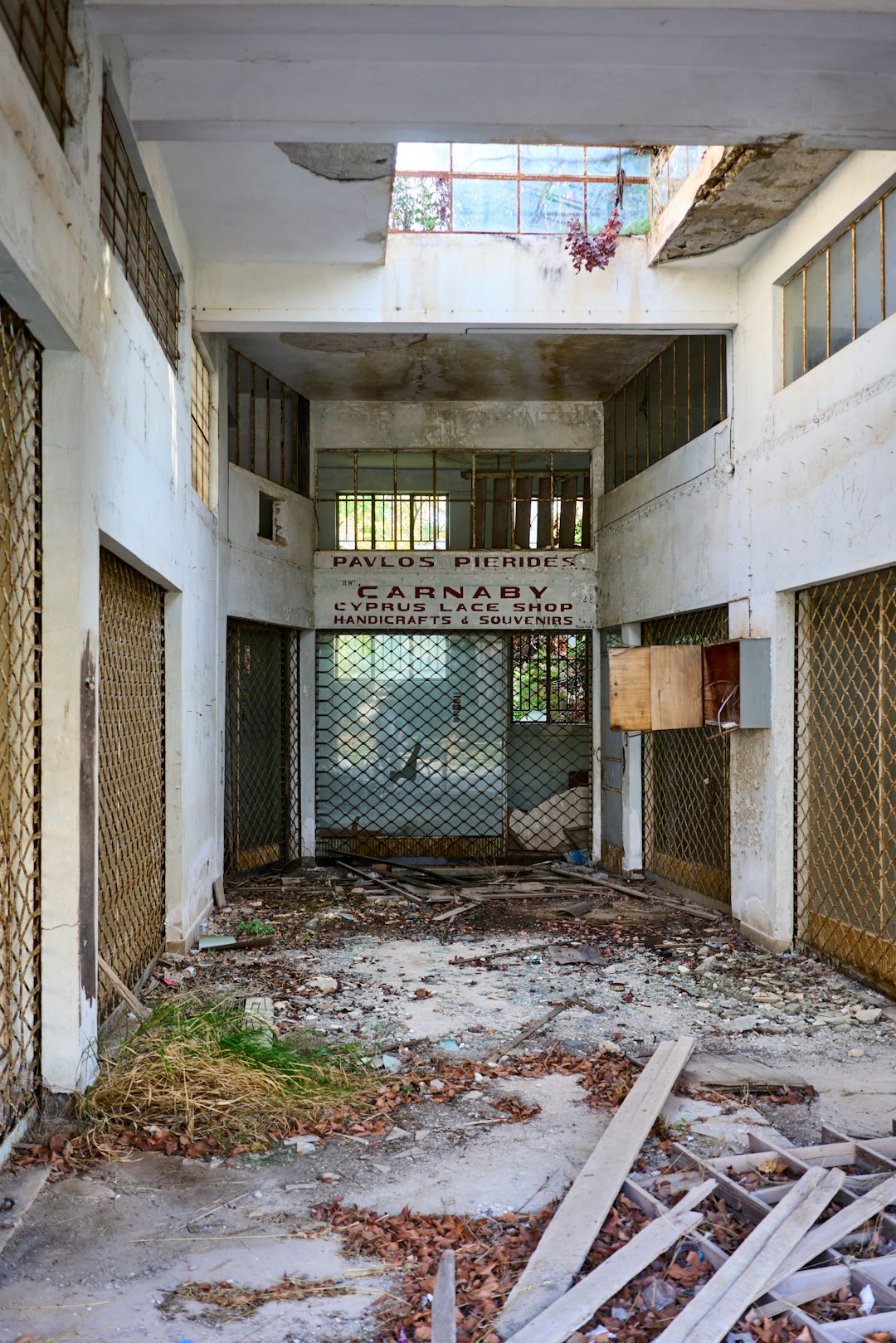
In the early 1970s, Varosha was the crown jewel of Cypriot tourism. The town boasted 45 hotels, over 60 apartment blocks, and nearly 400 restaurants and shops—facts well-documented in tourism records from that era. International celebrities such as Elizabeth Taylor and Brigitte Bardot were frequent visitors, drawn by its golden sandy beaches and luxury resorts. In 1973 alone, Varosha attracted more than half of all tourists visiting Cyprus, with an estimated 700,000 overnight stays that year. The local economy flourished, and property values soared, making Varosha one of the wealthiest regions in Cyprus. The rapid development brought modern architecture and cosmopolitan flair, setting the town apart from other Mediterranean destinations. This golden era was brutally cut short by the events of 1974, leaving behind a ghostly shell of former glamour.
The 1974 Invasion and Sudden Exodus
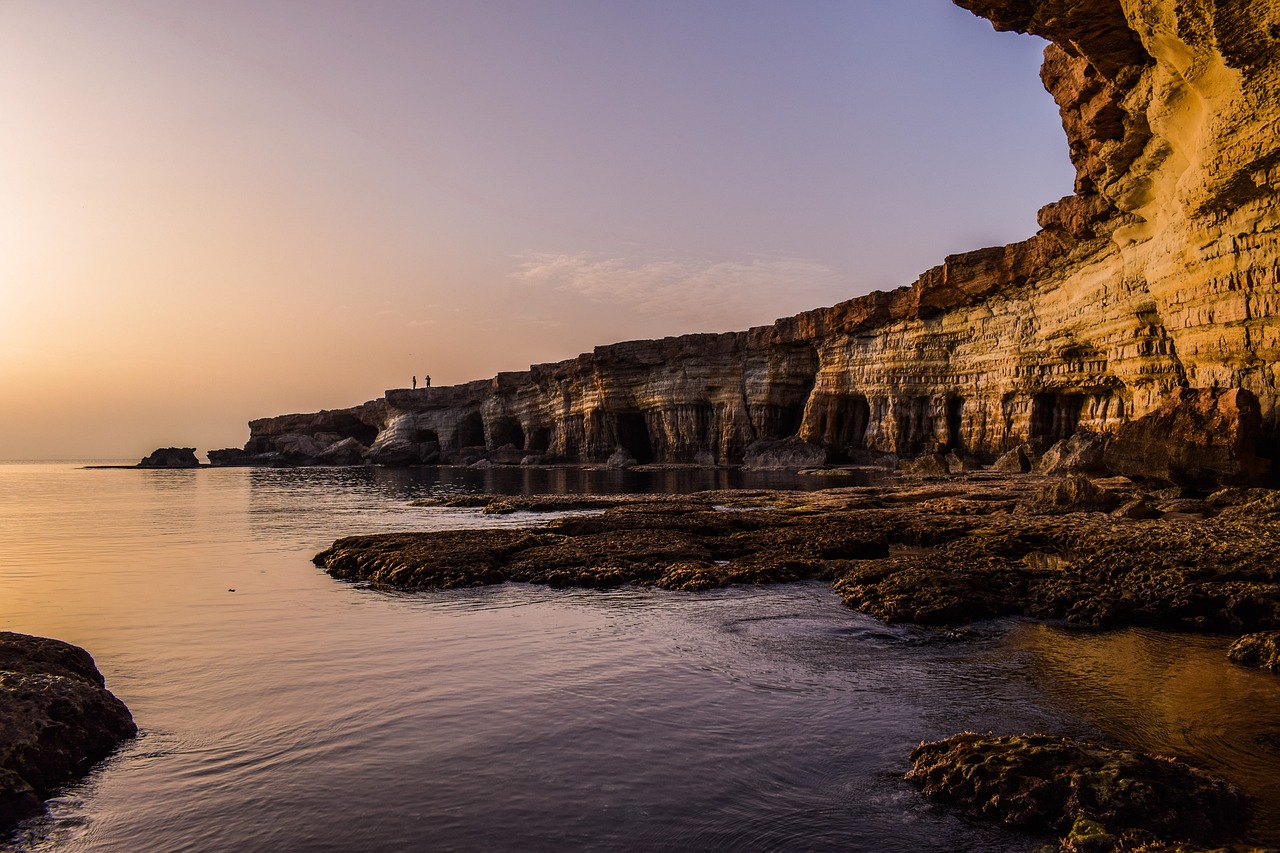
On July 20, 1974, Turkish forces landed on Cyprus in response to a coup d’état by Greek Cypriot nationalists aiming for union with Greece. Varosha, lying just south of Famagusta, was evacuated within 48 hours as artillery shells thundered overhead. Eyewitness accounts from UN archives confirm that the entire population fled with little more than what they could carry. The United Nations later estimated that 39,000 residents were displaced from Varosha alone, joining over 160,000 Greek Cypriots forced from their homes across the island. Buildings were abandoned mid-use, with half-eaten meals reportedly left on tables and laundry still hanging to dry. The entire town was fenced off by the Turkish military, and looting was strictly forbidden under orders to preserve the status quo until a political solution could be found. Nearly five decades later, most displaced Varoshians have never set foot in their hometown again.
Barbed Wire and Military Patrols: A Town Under Lockdown
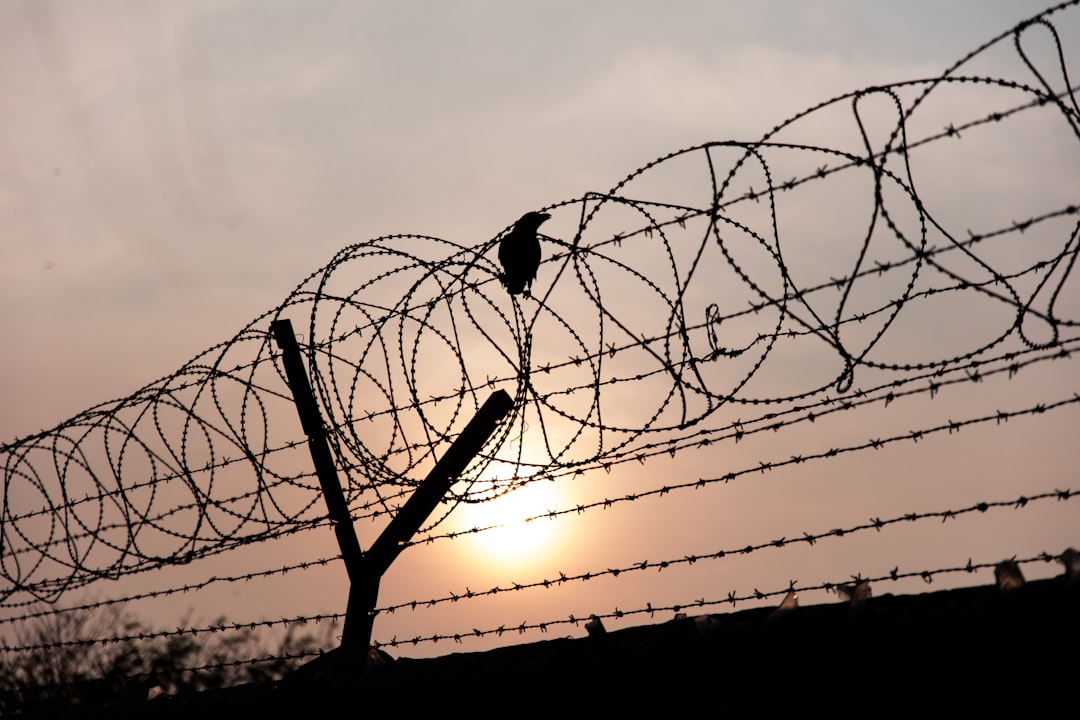
Since 1974, Varosha has been sealed off from the world by barbed wire, warning signs, and Turkish military patrols. The United Nations Security Council’s Resolution 550, passed in 1984, explicitly called for Varosha to remain under the control of the UN and for its original inhabitants to return. Instead, access has remained strictly limited, with only Turkish military personnel and UN peacekeepers occasionally entering for security and inspection purposes. Satellite images from 2023 show the perimeter still tightly controlled, with new surveillance cameras and guard posts recently installed. Unauthorized entry is punishable by fines and imprisonment under Turkish Cypriot law. Despite periodic discussions about reopening, the area’s legal status remains a major sticking point in ongoing peace negotiations. Local reports confirm that, as of 2024, less than 5% of Varosha’s territory is accessible to the public, mostly along the beachfront.
Decay and Nature’s Reclamation
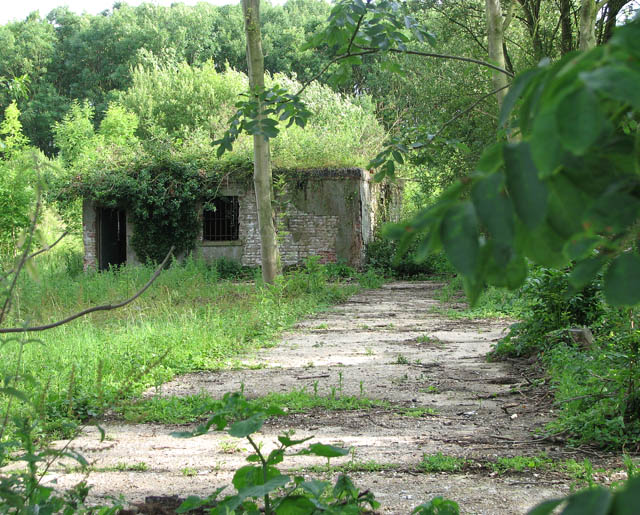
Forty years of abandonment have left Varosha’s infrastructure crumbling. The once-grand hotels, like the Argo and King George, are now skeletons of concrete, their interiors gutted by time and neglect. Nature has crept in, with fig trees sprouting through cracked asphalt and wildflowers carpeting former tennis courts. According to a 2022 environmental assessment conducted by Cypriot researchers, over 200 plant species have been identified thriving within the abandoned urban environment. Birds nest in the empty window frames, and feral cats roam the deserted streets. In 2021, storm surges caused significant erosion of the beachfront, damaging seawalls and flooding lower floors of several buildings. The slow but unstoppable advance of nature gives Varosha an eerie beauty, a stark reminder of what happens when human activity suddenly ceases.
Recent Partial Reopening and Controversy

On October 8, 2020, Turkish and Turkish Cypriot authorities reopened a small section of Varosha’s beachfront to visitors, sparking international condemnation. The move was widely criticized as a violation of UN resolutions and an attempt to pressure Greek Cypriots in ongoing reunification talks. Since the partial reopening, over 1.5 million people have visited the accessible area, according to official Turkish Cypriot tourism figures. However, only about 3% of the town’s total area is open, and entry to residential or hotel buildings remains strictly prohibited. The Greek Cypriot government and the European Union have repeatedly called for the closure of the area and the restoration of property rights to original owners. Tensions escalated in July 2021 when Turkish President Recep Tayyip Erdoğan visited Varosha and declared further reopening plans, which have yet to materialize. The fate of the town remains a highly sensitive diplomatic issue.
The Lost Dreams of Varosha’s Residents
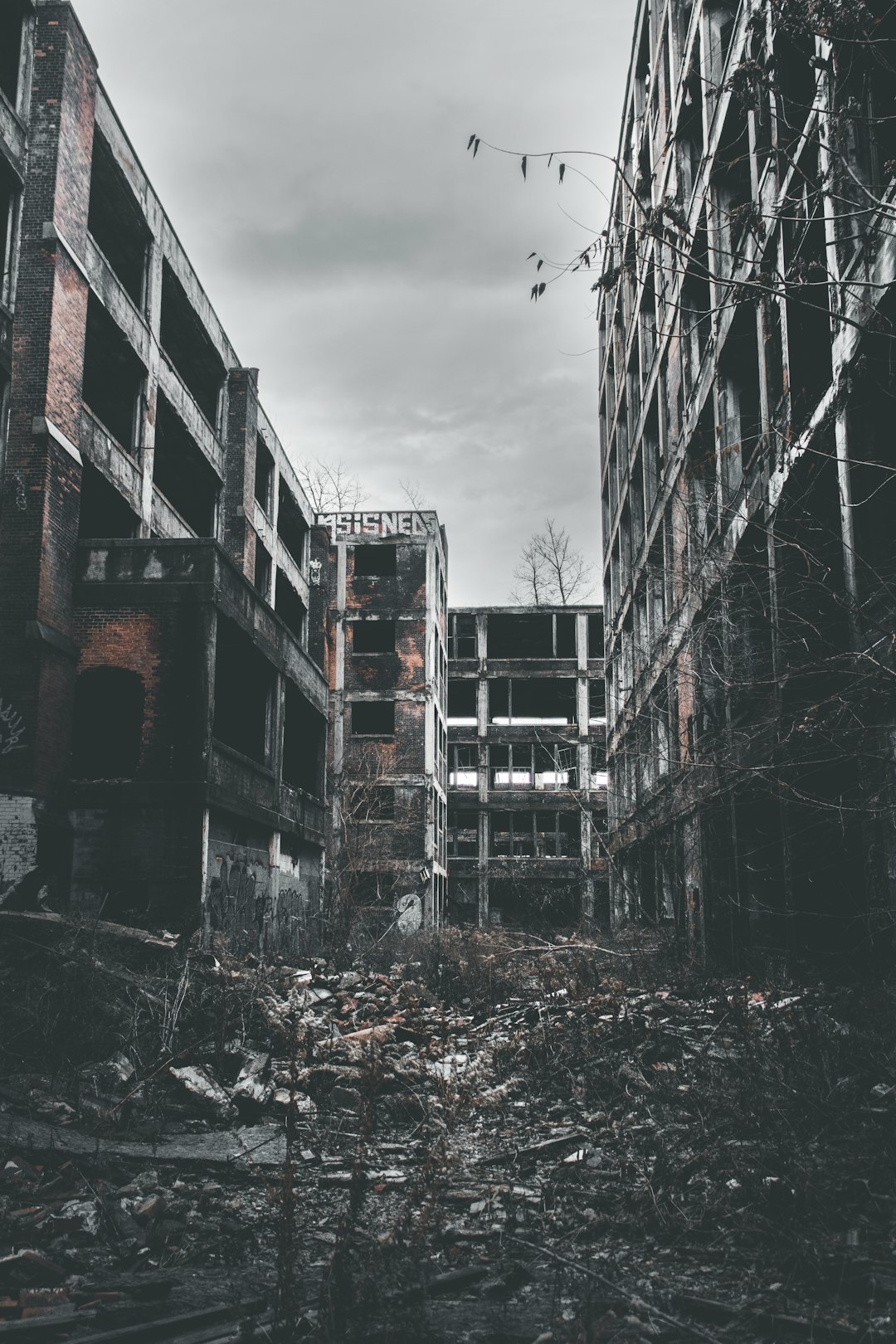
The human cost of Varosha’s abandonment is deeply personal for the thousands who once called it home. Interviews with displaced residents, collected by the Famagusta Municipality in exile, reveal a profound sense of loss and longing. Many former Varoshians still keep keys to their old homes, hoping for a return that never comes. Property claims submitted to the Immovable Property Commission, a Turkish Cypriot body established to address ownership disputes, have topped 7,000 cases as of early 2025. Some families have received compensation or alternative property, but most reject these solutions, insisting on their right to return. The trauma of displacement has been passed down through generations, with children and grandchildren growing up hearing stories of a vanished paradise. For many, Varosha is not just a place but a symbol of lost innocence and a still-unresolved conflict.
UN and International Efforts: Diplomatic Deadlock
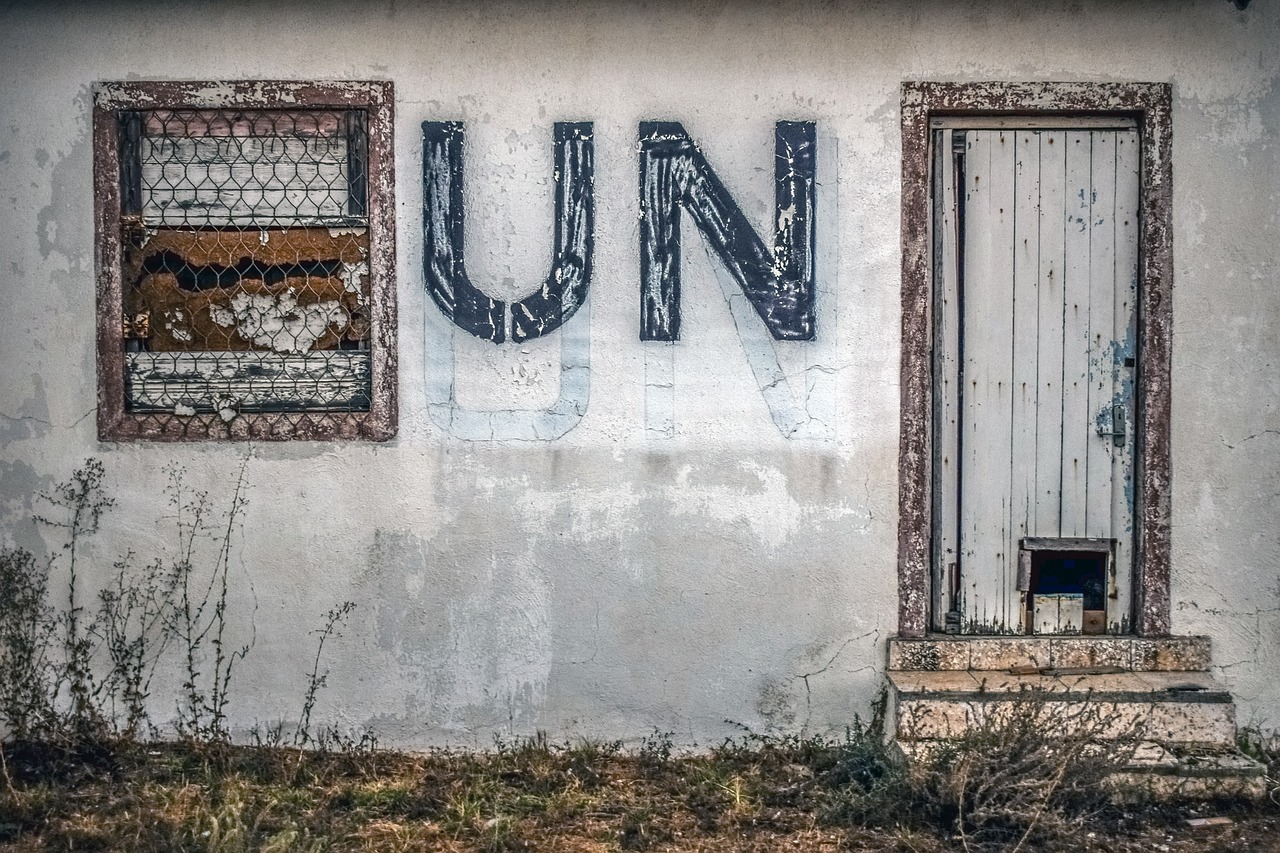
The United Nations has maintained a peacekeeping presence in Cyprus since 1964, with Varosha’s status a recurring focal point in negotiations. The UN’s 2023 Secretary-General’s report expressed “deep concern” over the ongoing reopening and called for renewed dialogue. The European Court of Human Rights has ruled on multiple cases regarding property rights in Varosha, awarding compensation but stopping short of ordering the return of land. Despite periodic high-level summits, no breakthrough has been achieved. Recent talks in 2024 between Greek Cypriot and Turkish Cypriot leaders, brokered by the UN in Geneva, ended without agreement on Varosha’s future. The lack of progress fuels frustration among both communities and international mediators. As of April 2025, the UN continues to monitor the area and urge restraint, but the diplomatic impasse shows little sign of breaking.
Tourism, Curiosity, and the Lure of the Forbidden
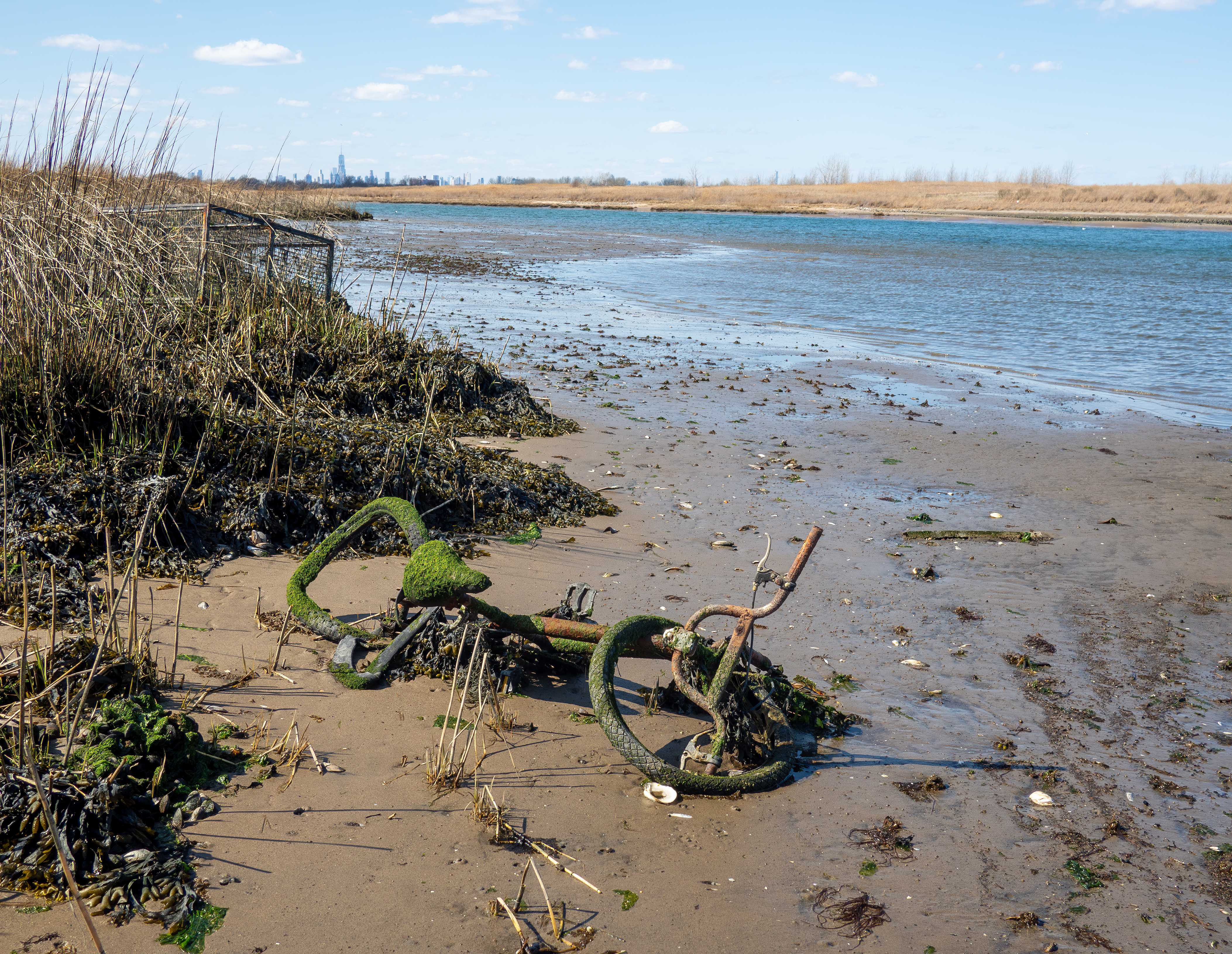
Since the partial reopening, Varosha has become a magnet for curiosity seekers, journalists, and photographers. Guided tours, launched in late 2021, allow visitors to walk a short stretch of the beachfront and view the ruined skyline from behind security barriers. Turkish Cypriot authorities report that over 600,000 tourists visited Varosha in 2024, a sharp increase from previous years. The experience is strictly controlled: drones are banned, and entry into abandoned buildings is monitored by military patrols. Many visitors describe the tour as “surreal” and “haunting,” with the juxtaposition of pristine beaches and decaying hotels leaving a lasting impression. Local businesses in the nearby city of Famagusta have benefited from the influx, offering Varosha-themed souvenirs and guided excursions. The allure of the forbidden continues to draw people from around the world, even as the future of the town remains disputed.
What the Future Holds: Uncertainty and Hope
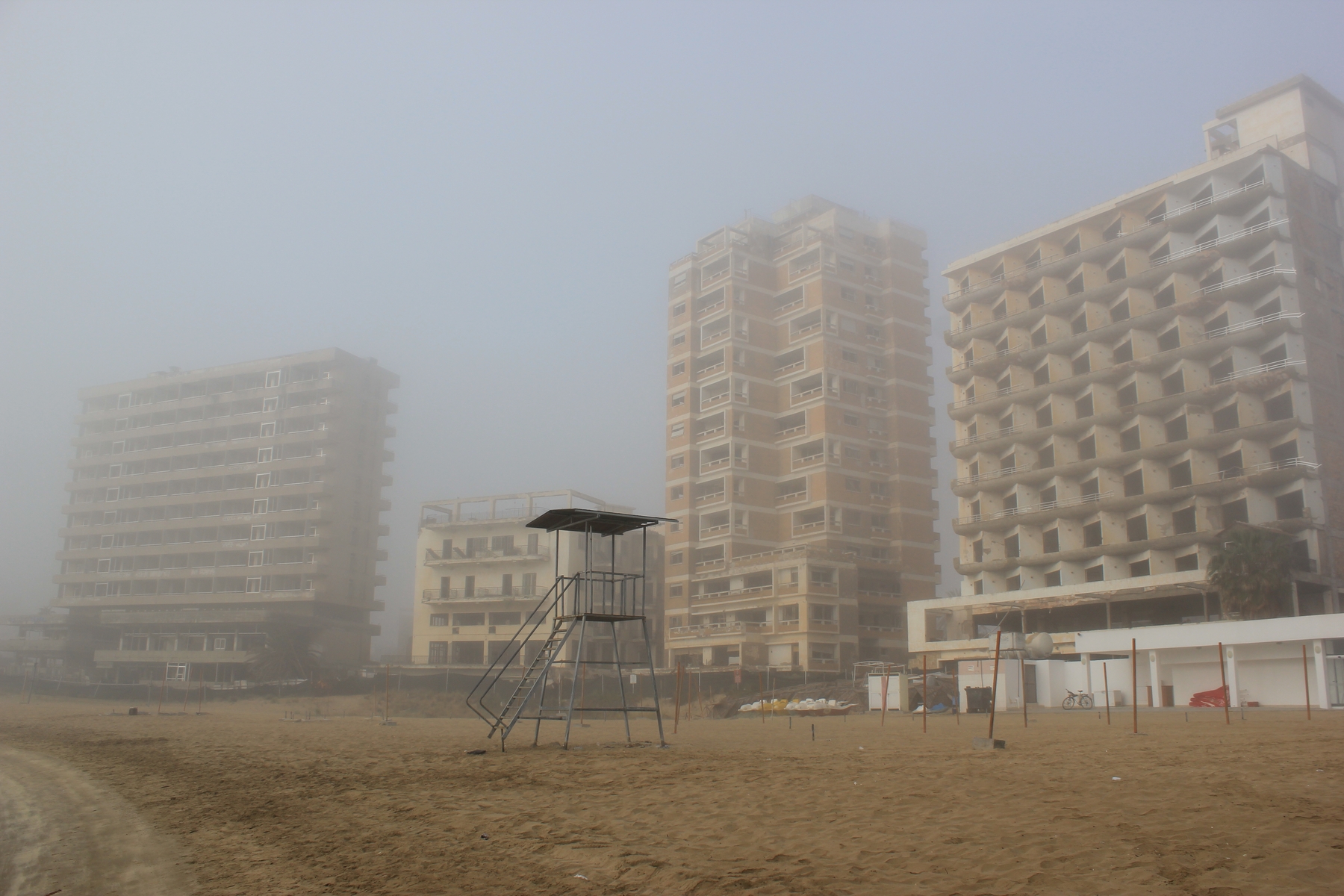
As of spring 2025, Varosha remains one of the most contentious and visible symbols of the Cyprus conflict. Recent public opinion polls indicate that 78% of Greek Cypriots support the unconditional return of Varosha to its original residents, while a majority of Turkish Cypriots favor a negotiated settlement that includes shared administration. New proposals have surfaced, including transforming Varosha into a UNESCO World Heritage site or a joint eco-tourism zone, but none have gained official traction. The area’s real estate is estimated to be worth over 5 billion euros, adding economic complexity to the political dispute. With Cyprus peace talks still deadlocked, Varosha’s fate is uncertain, suspended between the ghosts of the past and hopes for reconciliation. The town’s silent streets and crumbling buildings stand as a stark reminder of unresolved history, watched closely by the world.





